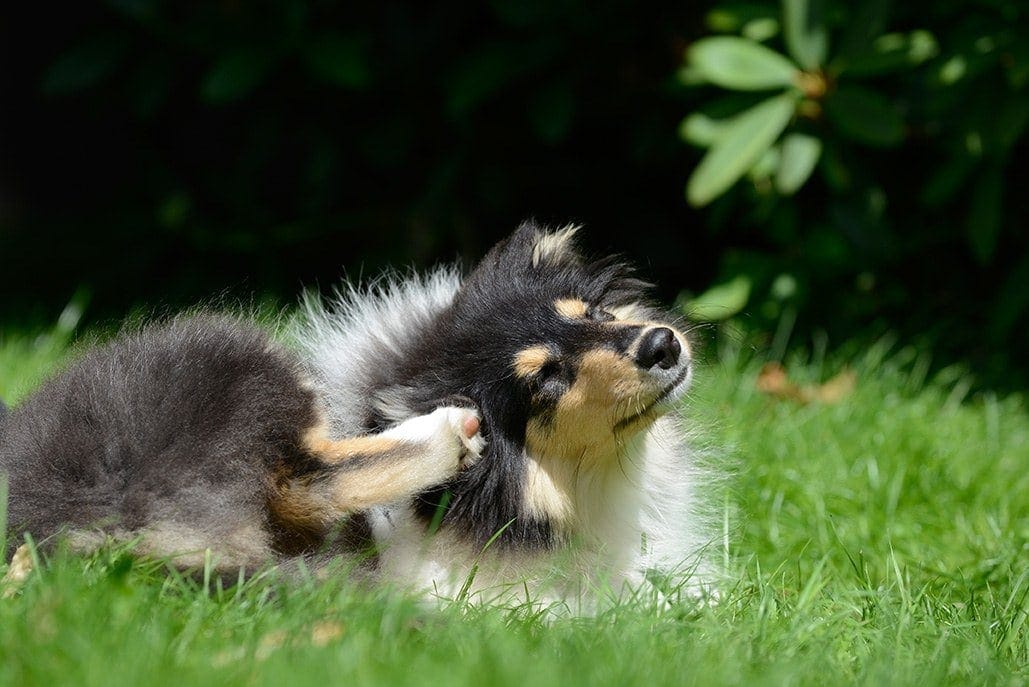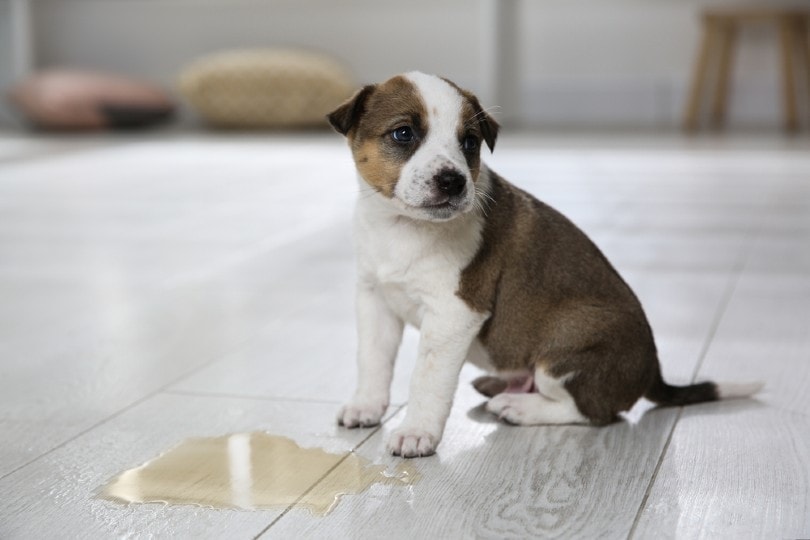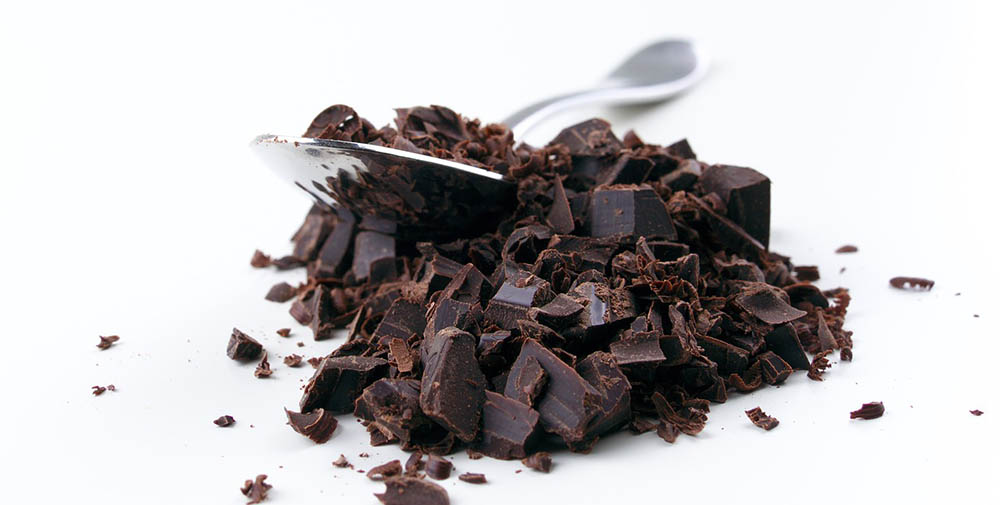It’s not something that you like to think about, but sooner or later, your dog is going to get hurt.
It may be an insect bite, a broken nail, or something more serious, but you need to be prepared for it when it happens, and that means packing a doggy first aid kit.
But what do you put in such a thing? Should it look just like the human first aid kit you (hopefully) already have?
Below, we’ll walk you through the essential items that every first aid kit should contain, so you can rest easy knowing that you’re prepared for whatever happens.
Why Not Just Buy a Prepackaged First Aid Kit?
You can find pre-made first aid kits at pet stores and online retailers, so why not buy one of those instead of doing all the work yourself?
There’s nothing wrong with buying one of those cute first aid kits! However, those are designed as one-size-fits-all solutions, and they won’t be as tailored to your dog’s needs as one you put together yourself.
Also, many people buy something like that and just throw it in a closet without ever looking inside. Then, when they need it, they’re completely unfamiliar with what it came with and how to use it.
Putting it together yourself forces you to think about everything you include, so you know exactly what you have on hand — and how to use it — when your dog gets hurt.
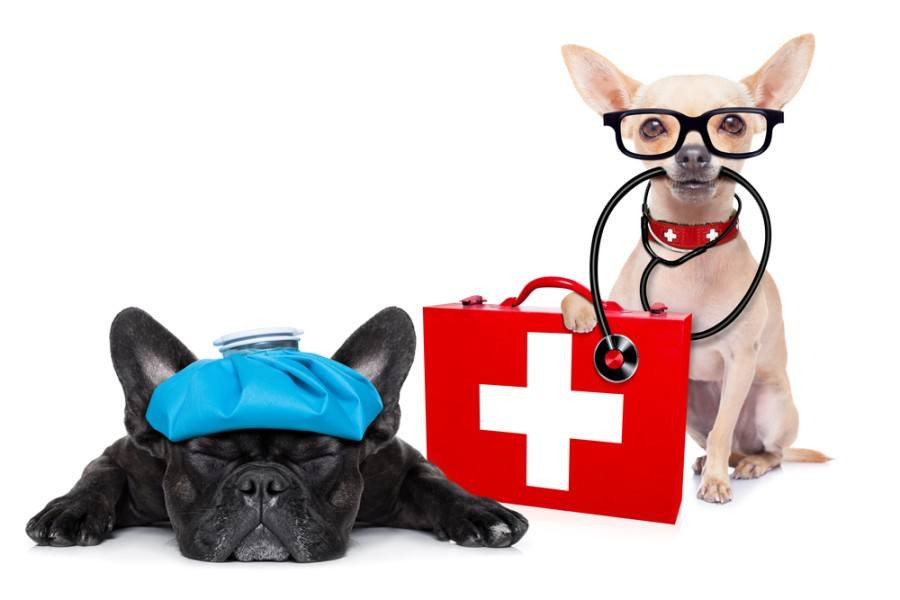
First, Know Your Dog and Your Surroundings
While there are universal essential items for first aid kits that every first aid kit should have, there are also ones that are specific to your dog and your environment.
For example, if you know your dog likes to agitate wild animals, you’ll need medicine to treat bites and stings (or deep lacerations, if they’re not smart enough to back down from bears).
What kinds of bites and stings you’ll need to treat will depend on where you live. You may need something to treat snake bites in certain parts of the world, while that would be an unnecessary waste of space in others.
Also, keep the weather in mind as well. You probably won’t have to deal with frostbite if you live in Phoenix, but it could be a real concern in Fargo. Be prepared for the most likely conditions.
Now, let’s look at the list of essential items for first aid kits.
The 25 Essential Items for Your Dog’s First Aid Kit
1. Paperwork
This is the most essential item for your dog’s first aid kit that you can have, and it’s something many pet owners overlook.
Keep copies of your dog’s shot records, medications, allergies, medical history — everything that an emergency vet might need to know in a time crunch.
After all, you may not be able to see your regular doctor if your dog gets seriously injured at an inopportune time. You’ll need to bring a strange vet up to speed as quickly as possible.
You can keep hard copies of all this information, or you can have a USB drive tucked away somewhere. Ideally, have both on hand.
2. Medication
If your dog takes any medications regularly, it makes it an essential item to have in your dog’s first aid kit. This lets you show the doctor what your pet takes, while also making sure they won’t run out or miss a dose if the emergency vet doesn’t have any on hand.
You can put just a few doses in a pill box to keep the meds from taking up too much space.
3. Pocket Emergency Guide
Unless you’re a trained vet, you likely won’t know what to do in an emergency, and the actions you take before you can get your dog to the hospital may be the difference between life and death.
A pocket emergency guide is an essential item to have in your dog’s first aid kit and will give you the lowdown on what to do in case of a variety of injuries. It’s concise and easy to use, and it can walk you through exactly what to do in a pinch.
4. Hydrogen Peroxide
If your dog has an open wound, you’ll likely need to clean and disinfect it to prevent infection. Hydrogen peroxide is cheap and effective, and it can be used to induce vomiting if your pup eats something they shouldn’t.
5. Gauze and Wrap
If your dog is bleeding profusely, you need to get it stopped right away. Gauze is the best way to do that; simply press the gauze into the wound and seal it tightly with bandage wrap. These items are often sold together.
6. Scissors
You can always try to bite through the bandage wrap when you’re done unrolling it, but cutting it is much easier (and won’t get your germy slobber all over your pup’s wound). A good pair of scissors is essential for a little cute first aid kit. You may also need them to cut through your dog’s collar if they get tangled in something.
It’s a good idea to have a separate pair of bandage scissors in there too.
7. Tweezers
There’s nothing worse than watching your pooch limp around because they have a thorn in their paw. Having tweezers handy lets you take care of that pesky sticker in seconds, and you can use them to remove ticks too.
8. Magnifying Glass
Having those tweezers won’t do you much good if you can’t see what you’re looking at. A magnifying glass makes things much easier to see, especially if it has a built-in light, making it an essential item for a cute first aid kit.
9. Surgical Gloves
You may not want to touch whatever it is that’s bothering your dog, and you certainly don’t want your dirty hands touching an open wound. Buy a box of surgical gloves, and put a few in the first aid kit.
10. Oral Syringe
You may need to give your dog medicine, and most dogs don’t appreciate that. An oral syringe makes dispensing liquid medications as painless as possible and is a great addition to a cute first aid kit.
11. Flashlight
Accidents don’t just happen in broad daylight. If your dog gets hurt after the sun’s gone down, you’ll need to see what you’re dealing with, so a flashlight is essential. We prefer either a miner’s headlamp for keeping your hands free or one that does double duty, like this flashlight/leash connector.
12. Blanket
Your dog’s likely to be scared as well as hurting, so being able to wrap them in a blanket will go a long way toward calming them down. This can also help warm them up if they’re cold or wet, making it a great addition to your cute first aid kit.
Ideally, you’d be able to put them in a ThunderShirt or something similar, but that’s a little bulky for a first aid kit. We do recommend keeping one in your car, though.
13. Collapsible Bowls
You want to be able to give your dog food and water if they need it, but regular bowls are too cumbersome for a medicine bag. Instead, get collapsible bowls; these don’t take up much space, and they let your dog eat and drink without issue.
14. Food and Water
Now that you have something to put food and water in, you actually need the food and water.
Keep a couple of bottles of water in there, and have a Ziploc bag full of your dog’s kibble as well. You should also have high-value treats (the stinkier, the better) in case you need to lure your lost dog back to you.
15. Soft Muzzle
A dog that’s in pain may not act like themselves, so don’t assume your pup will be as sweet as you’re accustomed to, especially when a strange vet starts poking and prodding them. A soft muzzle will keep them from lashing out, and it won’t be terribly uncomfortable for your pooch either, making it a great addition to your cute first aid kit.
16. Leash and Collar
Many dog injuries happen because the animal managed to escape from home, so you may not have a leash and collar handy in case of an emergency. If you have them stashed in the first aid kit, though, you’ll be ready to control your dog on the walk back home (or the dreaded march into the hospital).
17. Splints
If your dog suffers a leg injury, you’ll need to keep the leg immobilized — and believe us, that’s easier said than done. An emergency splint can help, and they’re small enough to fit nicely in your bag.
18. Deterrent Spray
If your pup has been attacked by another animal, you may need a way to fend the other creature off. A good deterrent spray can help you do just that (just be careful where you’re pointing it).
19. Eye Rinse
Eye injuries are tricky, and you don’t want to mess with them too much. That being said, you don’t want to leave foreign objects in your pup’s peepers, either. A good eye rinse can help you flush out contaminants, which may be enough to spare you an expensive vet visit.
20. Antibiotic Ointment
Hydrogen peroxide is a good way to clean wounds, but you also need to make sure they don’t get infected. You need an antibiotic ointment; we prefer the spray kind, as they’re easier to apply on a squirming dog.
21. Benadryl
If your dog is having an allergic reaction to a bite or sting, a little Benadryl can help slow things down. Be sure you check with your vet before giving your pet any medication, though, as it may interact with other drugs.
22. Cordless Trimmer
It may be hard to see the injury if it’s covered by fur, so a battery-operated trimmer can help you clear away any hair that’s blocking your vision. Be careful not to cut anything important, though.
23. Thermometer
With certain conditions (like heatstroke), knowing your dog’s temperature can be the difference between staying home and rushing to the nearest animal hospital. Keep a thermometer around just for use on your pet is a great addition to your cute first aid kit.
24. A Comfort Item
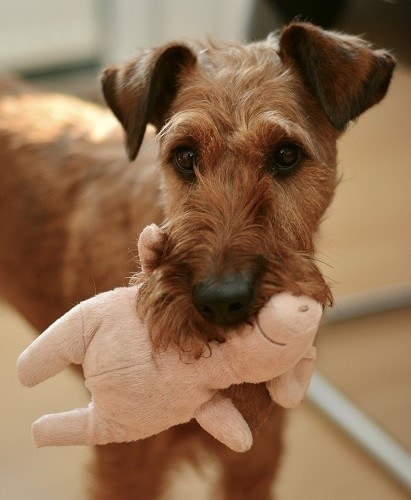
Your dog’s likely to be scared and stressed, so have something in there that can calm them down. Whether it’s a favorite toy or just an old t-shirt that smells like you, they’ll appreciate the gesture.
25. Something to Put It All In
Now that you know what you need, you have to put it all somewhere. You can buy empty first aid kits; they’re designed to keep everything neat and organized, and they’re easy to carry, making them great cute first aid kits.
 Don’t Procrastinate on Essential Items for a First Aid Kit
Don’t Procrastinate on Essential Items for a First Aid Kit
Whatever you decide to put in your doggy first aid kit, the most important thing is to do it promptly. You never know when you might need it, and the last thing you want is for your pup to suffer needlessly because you were unprepared.
Featured Image Credit: absolutimages, Shutterstock
Contents
- Why Not Just Buy a Prepackaged First Aid Kit?
- First, Know Your Dog and Your Surroundings
- The 25 Essential Items for Your Dog’s First Aid Kit
- 1. Paperwork
- 2. Medication
- 3. Pocket Emergency Guide
- 4. Hydrogen Peroxide
- 5. Gauze and Wrap
- 6. Scissors
- 7. Tweezers
- 8. Magnifying Glass
- 9. Surgical Gloves
- 10. Oral Syringe
- 11. Flashlight
- 12. Blanket
- 13. Collapsible Bowls
- 14. Food and Water
- 15. Soft Muzzle
- 16. Leash and Collar
- 17. Splints
- 18. Deterrent Spray
- 19. Eye Rinse
- 20. Antibiotic Ointment
- 21. Benadryl
- 22. Cordless Trimmer
- 23. Thermometer
- 24. A Comfort Item
- 25. Something to Put It All In
- Don’t Procrastinate on Essential Items for a First Aid Kit

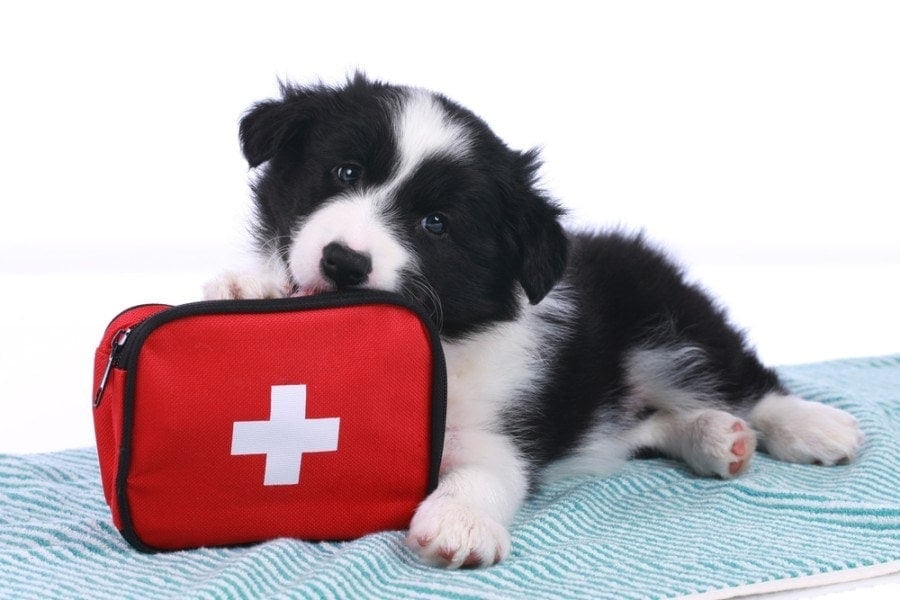








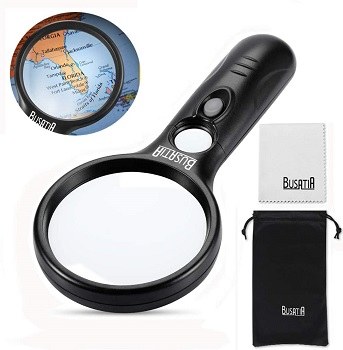







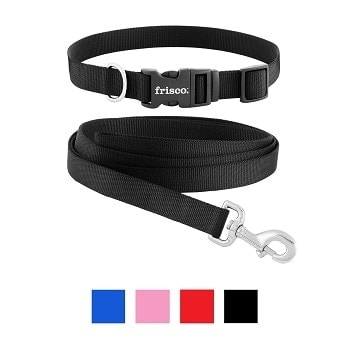

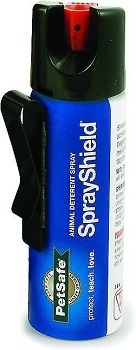


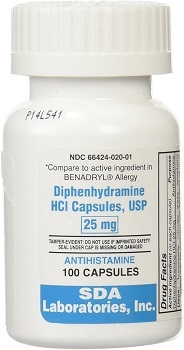



 Don’t Procrastinate on Essential Items for a First Aid Kit
Don’t Procrastinate on Essential Items for a First Aid Kit
